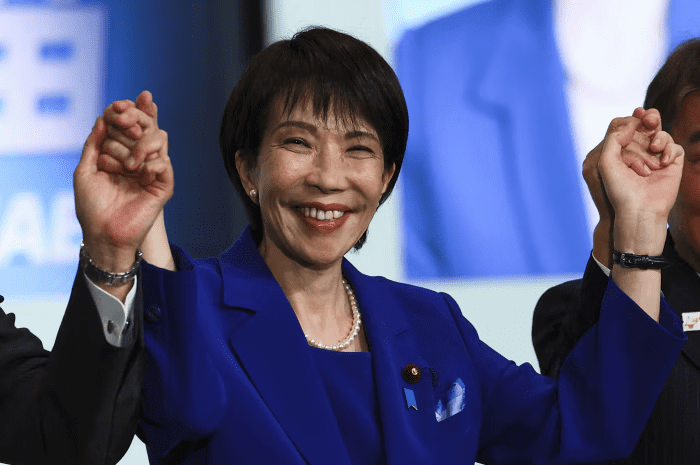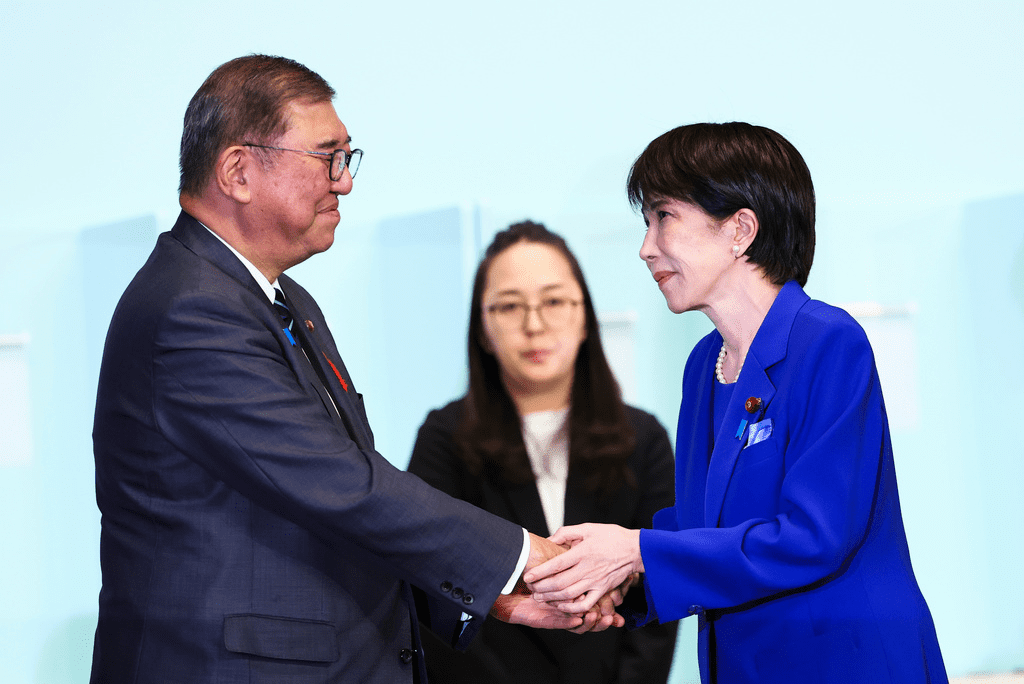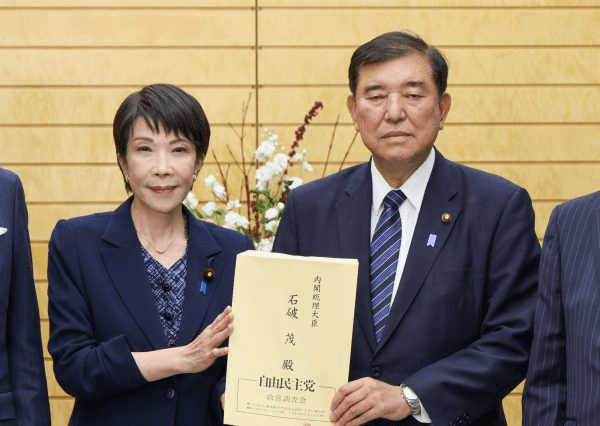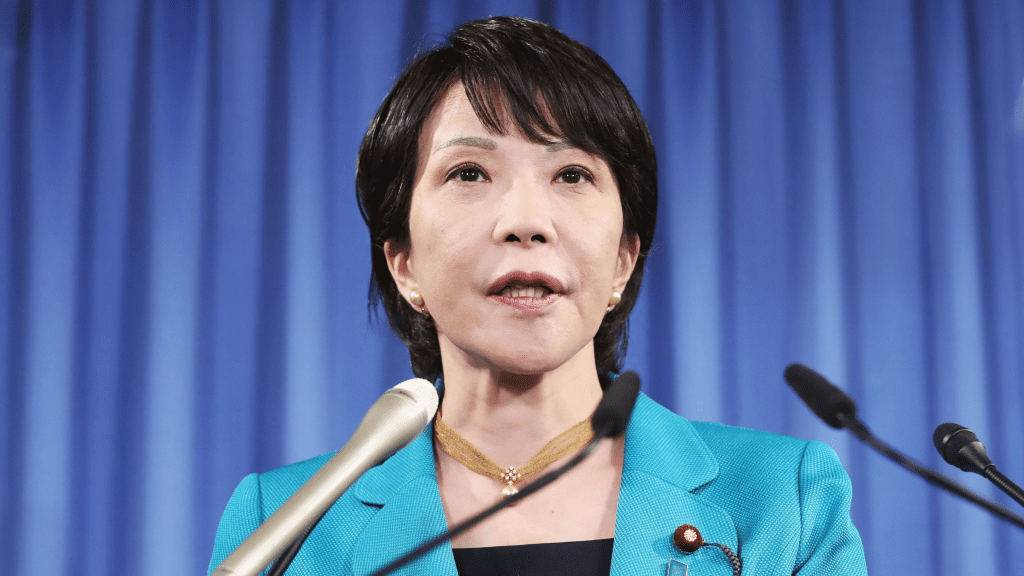Sanae Takaichi’s Historic Win Could Make Her Japan’s First Female Prime Minister and a Powerful Conservative Force on the Global Stage
Japan is standing on the edge of a political shift that feels both familiar and historic. Sanae Takaichi, the new leader of Japan’s Liberal Democratic Party, has been officially elected as the ruling party’s head — positioning her as the nation’s next prime minister. If confirmed, she will become Japan’s first female prime minister, a landmark moment in a country where politics has long been dominated by men. But beyond the symbolism of gender, Takaichi’s rise signals something deeper: a return to the hardline conservative ideals once embodied by the late Shinzo Abe.

Takaichi’s victory isn’t just another leadership reshuffle. It represents the resurgence of a political philosophy that prioritizes strong defense, traditional values, and a clear-eyed stance against China. Known as a “China hawk,” she has made it clear that Japan’s defense policy must evolve to meet a more dangerous world. Her speeches often echo a sense of urgency — that Japan must never again be caught unprepared. Her platform focuses on strengthening military capabilities, supporting allies, and ensuring Japan remains independent and respected on the global stage.
For many Japanese citizens, Takaichi’s rise brings both excitement and unease. She’s admired by conservatives for her boldness, her unapologetic nationalism, and her commitment to the legacy of Shinzo Abe, whom she frequently calls her mentor. Like Abe, she has paid visits to the controversial Yasukuni Shrine — a site that honors Japan’s war dead, including convicted war criminals. These visits, while seen by her supporters as acts of patriotism, have sparked criticism from neighboring countries such as China and South Korea, who view them as painful reminders of Japan’s wartime past.

Internationally, Takaichi’s leadership could mark a new era for Japan’s diplomacy. Analysts from outlets like NPR and Al Jazeera have noted that her policies may strain relations with Beijing, especially given her sharp criticism of Chinese aggression in the South China Sea and Taiwan Strait. At the same time, her views align closely with the U.S. conservative right, especially under Donald Trump’s “America First” worldview. In online discussions, many right-wing voices across the West are already celebrating her victory, calling her a potential ally for Trump if he returns to power. Some even describe her as a “female Shinzo Abe,” symbolizing a revival of strong nationalist leadership in Japan.

But beyond geopolitics, Takaichi faces pressing domestic challenges. Japan’s economy is struggling under the weight of an aging population, labor shortages, and rising social welfare costs. Her promises to reignite growth rely on deregulation, technology-driven industries, and rethinking immigration — a sensitive topic in Japan’s traditionally homogenous society. Whether she can balance economic revival with social stability remains one of the biggest questions of her tenure.
Still, for many Japanese citizens, Takaichi represents a breath of fresh air. She’s not the typical quiet bureaucrat — she’s assertive, eloquent, and deeply ideological. She has spoken openly about the need to restore pride in Japan’s identity, calling for a generation that is not afraid to “stand tall again.” To her critics, that language sounds dangerously close to nationalism; to her supporters, it’s the confidence Japan has been missing for years.

Her rise also has a symbolic importance that goes beyond politics. Japan’s political culture has often been hesitant to embrace female leadership. Takaichi’s election, regardless of ideology, breaks that barrier and sets a precedent that could reshape gender roles in Japanese politics for decades. Even those who disagree with her views recognize the historic nature of the moment — that a woman could finally lead one of the world’s most influential democracies.
In the days following her victory, social media threads have been flooded with both celebration and caution. Some conservatives in the West cheered her as part of a global comeback for traditional values. Others, particularly liberals and younger Japanese voters, expressed concern that her policies could roll back progress on women’s rights, LGBTQ+ inclusion, and immigration. The divide highlights how her leadership will be closely watched not only in Tokyo but across the world.

What seems clear, though, is that Sanae Takaichi is not here to play it safe. Her rhetoric is bold, her loyalties are clear, and her mission is deeply personal — to carry on the vision of Shinzo Abe while forging her own place in Japan’s history. Whether that makes her a unifying leader or a divisive figure will depend on how she handles the immense expectations now placed on her shoulders.
As Japan prepares for its first female leader — one with a conservative heart and global ambitions — the world will be watching closely. Takaichi’s Japan might not look like the past, but it certainly won’t look like the quiet status quo either. She is poised to shape a new chapter for her country — one defined by strength, conviction, and an unapologetic sense of identity.



